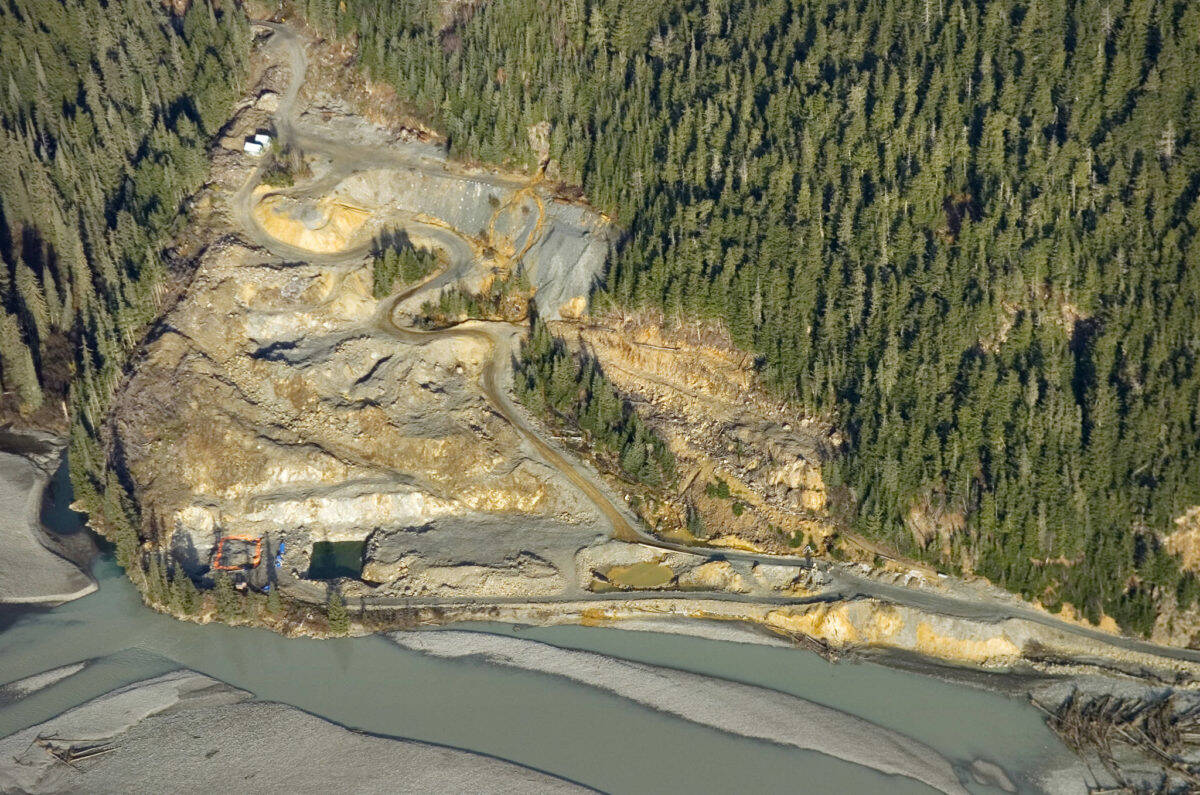By Joe Mehrkens
The recent My Turn by the CEO of the Mining Association of British Columbia is deceptive and misleading. It employs a conservative strategy where declaratory statements will imply lofty ideals but are devoid of any contextual facts. It is designed to lull you into complacency, as you swim through a sea of important sounding titles, where activity is equated to safety accomplishments and where the formation of new organizations implies a comprehensive solution is at hand. This is the mere marketing of “improved mining regulations”. Of course, the chasm between the real risks and improved safety is only slightly less.
Without explicit supporting facts, mere declaratory statements such as the “lowest GHG emissions”, “the highest regulatory standards”, “enhanced oversight and monitoring,” and “embracing innovation” have little or no relevance. Most important, mining corporations can still walk away by declaring bankruptcy and foist future cleanup costs on the taxpayer. As such, there is virtually little opportunity to recover economic damages to other businesses or individuals.
The armor-plated bankruptcy loophole is epitomized by the Tulsequah Chief Mine. It exists on a tributary of the Taku River. Although it is a much smaller mine than the Mount Polly Mine, which experienced a recent catastrophic tailings dam failure, the Tulsequah has been a direct source of acid mine runoff into the Taku River— an important salmon producer — for 60 years now. Why? Because the series of mining owners have declared bankruptcy.
Simply stated, mandatory financial instruments such as bonding are the only solution to ensure that BC mine owners will perpetually pay their fair share of future mitigation/reclamation. Otherwise, the economic and environmental damage will either go unchecked or be unfairly passed on to taxpayers.
We know the calculated financial risks are so great that even Lloyds of London will not touch it. Consequently, new public-private financial institutions are needed to equitably fill the void. While bonding is indeed very expensive, the mines are also very profitable. So, it is totally justified to require sufficient measures be in place to protect non-mining interests. Even then, some accidents will likely occur, so additional legal remedies are needed to fully compensate the damaged parties.
Unfortunately, our governor demonstrates the same mining bias as the BC Mining Association. The proposed Pebble Mine versus the world-class Bristol Bay salmon fishery should come to mind. Why should new industry put a profitable existing industry in jeopardy — especially without any compensation? Even more troubling, representatives of the administration have acted more like apologists for the BC mining industry than as advocates for Alaskan interests. But then, they may have total faith in cover of “the highest regulatory standards,” “enhanced oversight and monitoring,” and “embracing innovation.” I don’t without supporting facts and documented accomplishments.
• Joe Mehrkens resident of Petersburg and Juneau. Columns, My Turns and Letters to the Editor represent the view of the author, not the view of the Juneau Empire. Have something to say? Here’s how to submit a My Turn or letter.

